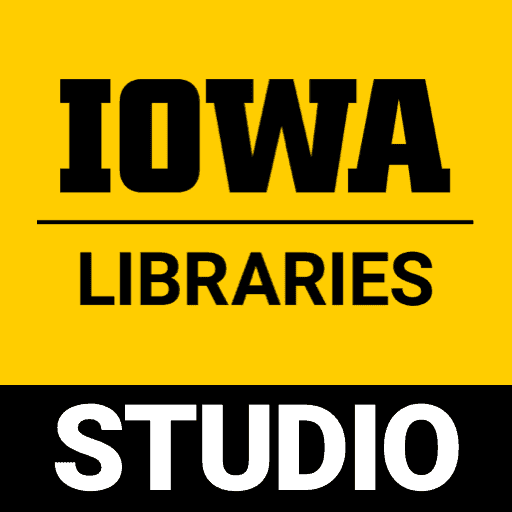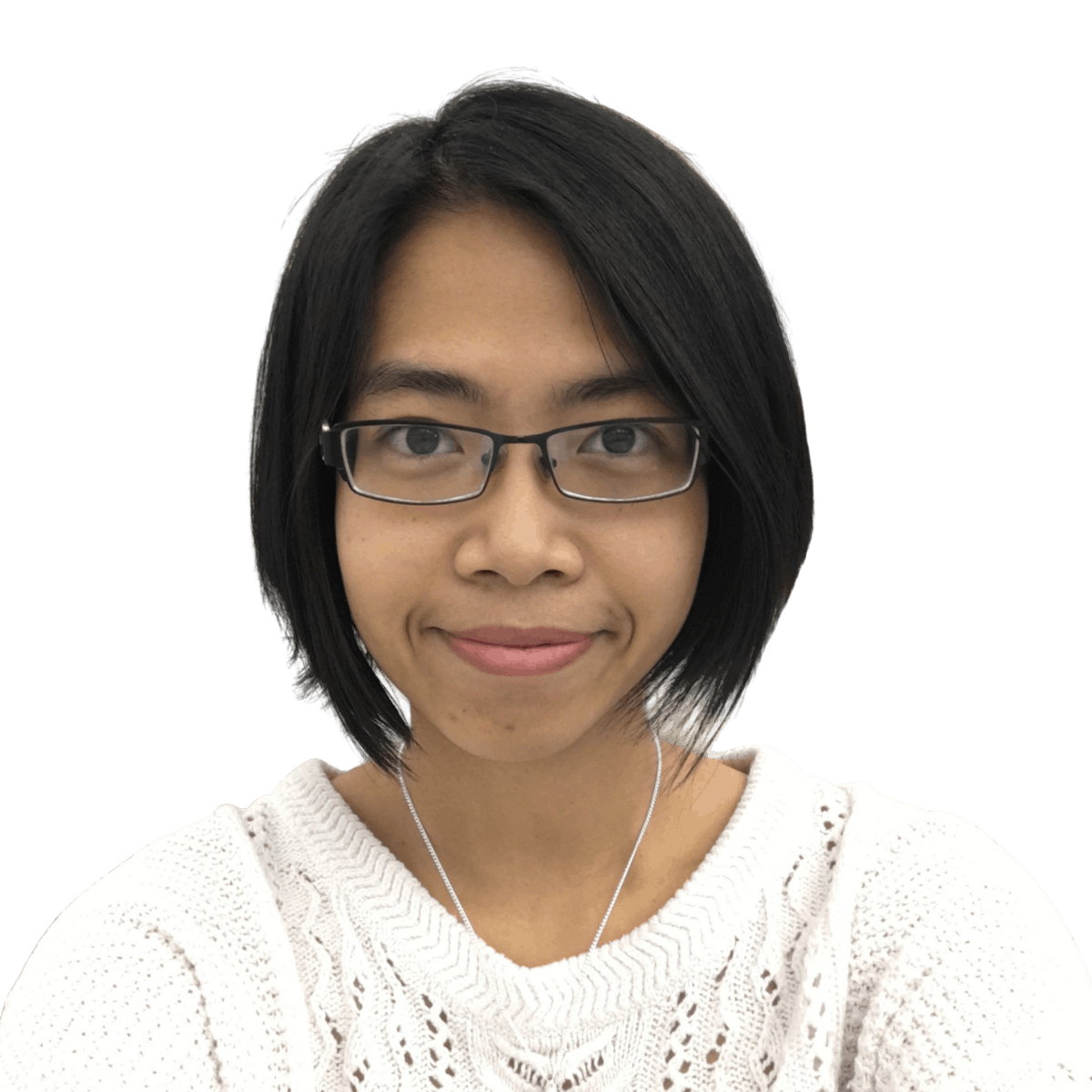Earlier in the semester, I had been thinking about the challenges of incorporating sensory research into 3D modeling with a goal in mind to complete a 3D digital model of an artificial cave in a Roman villa, one of my case studies for my dissertation. Throughout the semester, I had a different set of challenges,Continue reading “Digitally Reconstructing Ancient Architectural Spaces: Lessons Learned”
Author Archives: myataung
Digitally Reconstructing Ancient Architectural Spaces: Challenges and Goals
My project for the PDH certificate capstone involves a 3D digital reconstruction of art, architecture, and hydraulic amenities in the manmade dining cave at the villa owned by Roman Emperor Hadrian, using AutoCAD and 3Ds Max. This 3D model makes up one of the four case studies in my dissertation, which uses 3D digital modelingContinue reading “Digitally Reconstructing Ancient Architectural Spaces: Challenges and Goals”
3D Modeling Project Thoughts and Reflection
In my initial blog post, I reflected on finding the balance between artistic and academic digital reconstructions, hoping to engage with the topic more closely throughout my project, and I am rather pleased with how it turned out. It is nearly impossible to create strictly academic 3D models. The more I studied the archaeological drawingsContinue reading “3D Modeling Project Thoughts and Reflection”
Fine Line between Academic and Artistic 3D Reconstructions
My project as a Studio fellow this summer is to create a 3D model of an ancient Roman water fountain, commonly known as the “Auditorium of Maecenas,” with the goal to understand this space as a holistic, multisensorial environment. I believe there is an interesting paradox in creating immersive, sensorially-rich digital reconstructions. As more andContinue reading “Fine Line between Academic and Artistic 3D Reconstructions”

